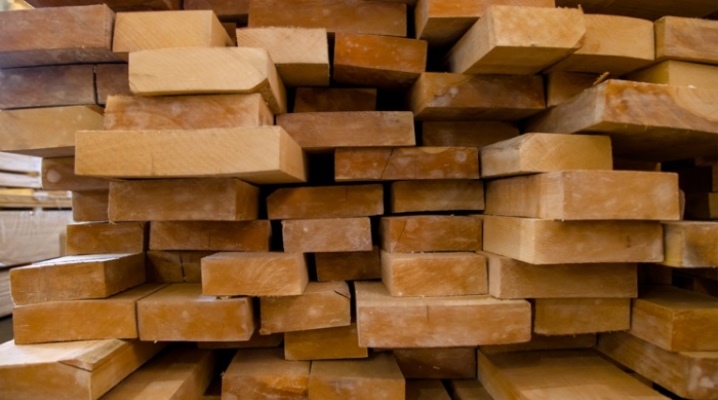Alder board

Alder board is a durable material with unique physical and mechanical properties. It is used not only in construction and finishing works, but also in the manufacture of furniture, musical instruments, and various interior items. You should know what properties it has, where it is used, and what types of it are offered by modern manufacturers.


Properties
Alder is a genus that includes over 20 species of shrubs and trees of the birch family, which are found mainly in the temperate zone of the Northern Hemisphere. In construction, carpentry, furniture and other wooden structures, only 2 types of this genus are widespread: black alder and gray alder.
Alder wood is characterized by the following unique properties that distinguish it from other species:
- soft and viscous fibrous structure;
- resistance to deformation and cracking;
- resistance to moisture;
- resistance to high temperatures;
- ease of grinding, sawing, cutting;
- ease of surface treatment: polishing, staining, varnishing;
- relatively light weight.
A curious feature of alder wood is its ability to increase its strength when it is kept under water for a long time (in much the same way as it is characteristic of oak wood).
It is noteworthy that alder is most susceptible to rotting when exposed to air. To an even greater extent, the vulnerability of alder wood to rotting is manifested with direct and prolonged contact with the ground in open air conditions.


Views
Modern manufacturers of building and finishing materials offer consumers several basic types of alder boards, differing in size, density, processing method.
- Edged alder board - lumber made by longitudinal sawing of logs followed by cutting off the edges covered with bark. This type of sawn timber is used in both external and internal decoration of residential and non-residential buildings, and is also used in the manufacture of floors, ceilings, walls and ceilings. If the edge is sawn only on one side, then such a board is called one-sided edged.
- Unedged board, unlike cut, has completely or partially uncut edges. This material is also made by longitudinal sawing of alder logs without subsequent machining of the edges.
- Dry alder board - one of the most expensive sawn timber sold after chamber heat treatment. Such material is not subject to deformation, is symmetrical on all sides, and has the correct geometric dimensions.
- Alder planed board - lumber, in which one face (front or back side) or both are processed on special equipment (machine). A board with one processed face is called one-sided planed, with two processed faces - double-sided planed.




Application
In industrial production, alder board is used for the manufacture of plywood, veneer, chipboard, paper. In private construction, it is used mainly for finishing steam rooms and washing rooms in baths and saunas, as well as any other rooms with high air humidity. In addition, alder boards are often used in the arrangement of small underwater and surface structures (fishing bridges, piers), well log cabins, and simple water pipelines.
This material is also used for ennobling natural sources: springs, streams.


How to choose?
A quality alder plank has an attractive golden reddish or golden brown color. Heat-treated black alder planks usually have a mild coffee color.
A properly processed alder board has geometrically regular, even and symmetrical edges. The thickness of the end and side sides of high-quality boards is the same.
If the surface of the layers is decorated with a pattern of annual rings, you should make sure that the latter do not protrude beyond the edges of the board. Growth rings that extend beyond the edges of the board are a common cause of premature breakage and material deformation. The surface of a properly treated alder board should be free of burrs, pits and other defects. Another sign of a quality material is its uniform color.















The comment was sent successfully.